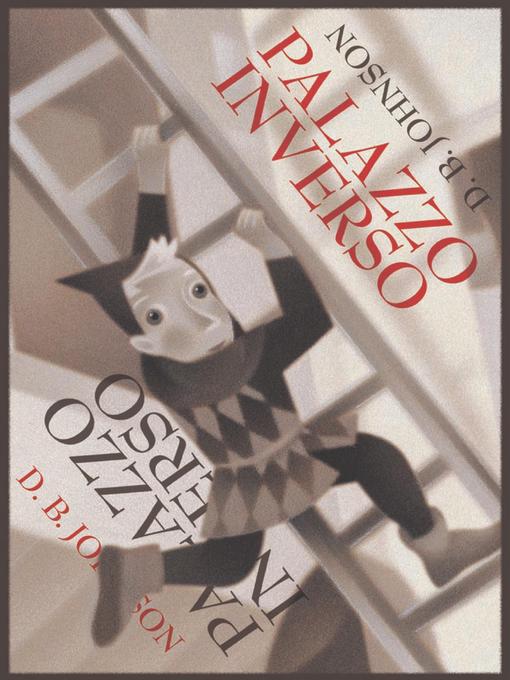Mauk, mischievous apprentice to the master architect, must not draw on the plans for the new Palazzo. But by turning the plans a bit each day, he finds a way to alter them, turning the master's creation onto its head! Discover what mystery and excitement a small change of perspective has brought to the Palazzo.
In this M.C. Escher-inspired masterpiece, D.B. Johnson pushes the picture book form to new extremes. With its continuous narrative and illustrations that can viewed upside down, readers can turn the book over on page thirty two and read all the way back to page one. Enter the Palazzo Inverso...and see if you can find your way out.




